You're using an outdated browser. Please upgrade to a modern browser for the best experience.
Please note this is a comparison between Version 2 by Beatrix Zheng and Version 1 by Qiang Yao.
The RCHSCC (the research characteristics, stages and planning of carbon-oriented climate change response research in human settlements based on the literature related to research on carbon-oriented human settlements for climate change) predicts three major trends in the future—climate risk management, carbon technology upgrading and urban security and resilience—and offers three recommendations for governments and planners in terms of climate change adaptation and low-carbon and efficient development in human settlements.
- bibliometrics
- carbon orientation
- climate change
- hotspots
- human settlements
1. Analysis of RCHSCC Hotspots
1.1. Distribution of RCHSCC Hotspots Based on Keyword Clustering
The keywords of the literature are the authors’ refinement and summarization of the main contents of thone article, and the word frequency analysis of keywords is often used in bibliometry to reveal the distribution of research hotspots [34][1]. VOSviewer indicates the connection between each key node and research hotspot by the node size, color and distance of connecting line thickness and density, which can reflect the relationship between each important node, topic and keyword more intuitively [31][2]. Moreover, the clustering of keyword co-occurrence mapping is more precise and better graphically represented.
The data were imported into VOSviewer for keyword co-occurrence analysis to present the distribution characteristics of RCHSCC hotspots. The minimum threshold of word frequency statistics was set to 40 in VOSviewer, and the top 90 high-frequency keywords were selected to draw the RCHSCC keyword co-occurrence network map (Figure 71) and annual overlap map (Figure 82). Several keywords with a high word frequency were environment (690 times), change (372 times), climate change (355 times) and carbon (279 times), which represented the main hotspots of RCHSCC research.
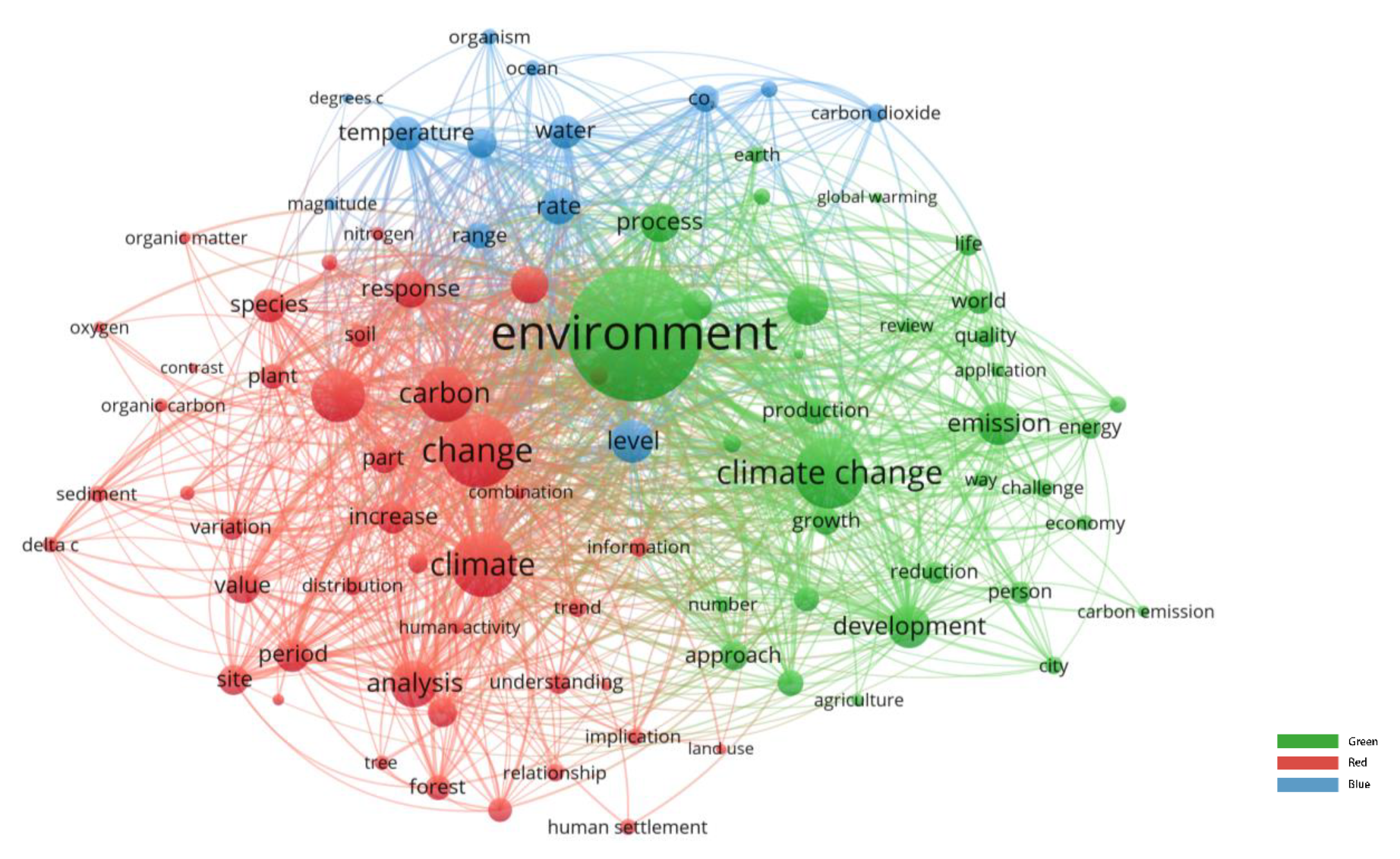
Figure 71.
RCHSCC keyword co-occurrence network mapping.
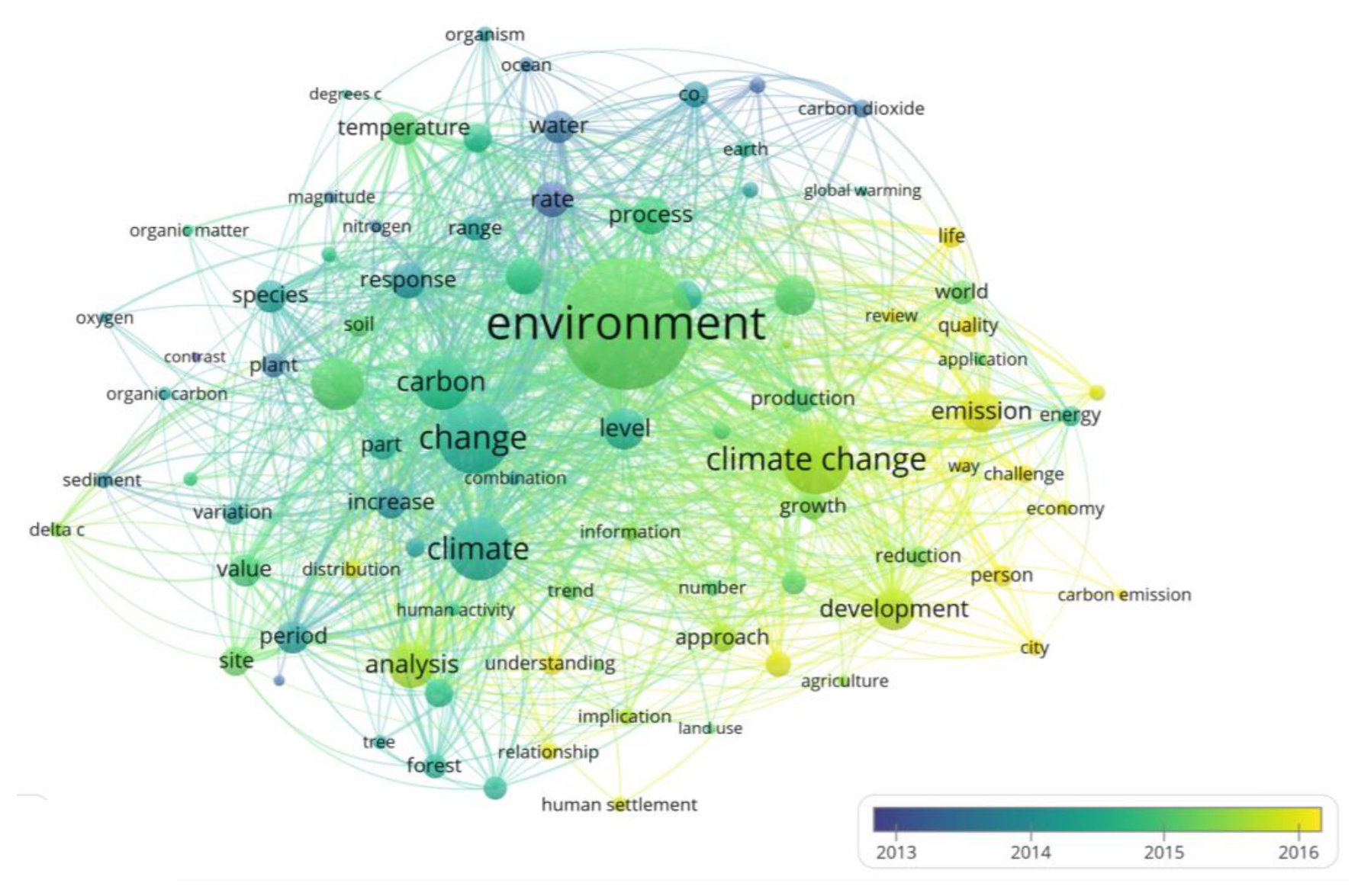
Figure 82.
RCHSCC keyword annual overlap mapping.
In the keyword co-occurrence network view (Figure 63), environment (690 times) and climate change (355 times) had the most significant word nodes and highest word frequency and represent the research context of RCHSCC, and the remaining words with high relevance are carbon emission, delta c, building, technology and lake. Around these core concepts, based on the co-occurrence relationship, the study presents three main research clusters, which are as follows. (1) Red cluster: The clustered high-frequency words include climate, carbon, condition, analysis and ecosystem, to study environmental changes in ecosystems such as forests and plants and land use, carbon and other related research. From the word frequency, the research object focuses on ecological aspects, exploring the environmental change caused by carbon in forests, plants and soils. The research purpose mainly focuses on land use and human activity. (2) Green cluster: The study of the impact of climate change and global warming on carbon emissions. The high-frequency words are environment, climate change, development, emission and system. From the word frequency, the research background is related to global warming, and the research purposes are the quality of biodiversity, energy growth and economical technology. The research method involves an application strategy. (3) Blue cluster: The high-frequency words are rate, temperature and water. The main focus is on the level of carbon dioxide in the ocean and other organisms, and the research involves carbon dioxide’s range, speed and concentration.
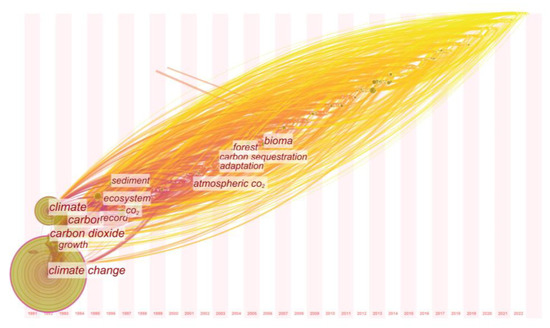
Figure 3. Distribution map of RCHSCC hotspot keywords.
Different nodes and connecting lines in Figure 71 indicate high-frequency words in different time dimensions, presenting the evolutionary characteristics of different research content in the time dimension. Although the RCHSCC originated earlier in the year analysis, the high-frequency words mainly appeared in recent years (2013–2016). The high-frequency words that appeared slightly earlier include rate, water, carbon dioxide, atmosphere and plant, indicating that the early studies focused on research related to the deposition of carbon dioxide emissions and ecosystem factors such as plants and water sources, and primarily focused on the impact of carbon sinks and ecosystems. As the research progressed, RCHSCC considered climate change, energy and temperate land. After 2015, the research objects and content were further expanded, and the research focused on the changes in carbon dioxide and carbon sink from the early stage of resource consumption. The elements related to human settlements, such as economy, urbanization and biodiversity, were gradually considered; the high-frequency words such as diversity, and new concepts and technologies, were gradually applied.
1.2. Evolution of RCHSCC Hotspots Based on Annual Overlap
The temporally partitioned mapping of keyword co-occurrence and literature co-citation that CiteSpace can achieve helps to further analyze the evolutionary path of research hotspots. The time view function of CiteSpace that enables the visual analysis of evolutionary paths [34][1] helps to identify research frontiers by discovering the turning time points of research and the important literature in the corresponding period [30][3]. In this preseaper, werch, the researchers use CiteSpace’s keyword analysis, set the time slice to 1 year, analyze the keywords of RCHSCC during 1991–2022 and plot the time-partitioned axes of research in different periods (Figure 94). The top 10 categories are #0 climate change, #1 sustainability, #2 blue carbon, #3 aerosol, #4 carbon dioxide, #5 climate warming, #6 bronze age, #7 biogeochemical modeling, #8 biogeochemical cycles and #9 atmospheric CO2. It shows many aspects of future and long-term trends in urban structure, land cover change, carbon cycles and urban systems. As seen in Figure 82, the warming category is a major category of research because of its early origin, greater importance and stronger relationship with the rest of the categories. The wide coverage of its keywords again verifies the multidisciplinary nature of RCHSCC, and there are obvious differences in the research focus and major topics at different stages.
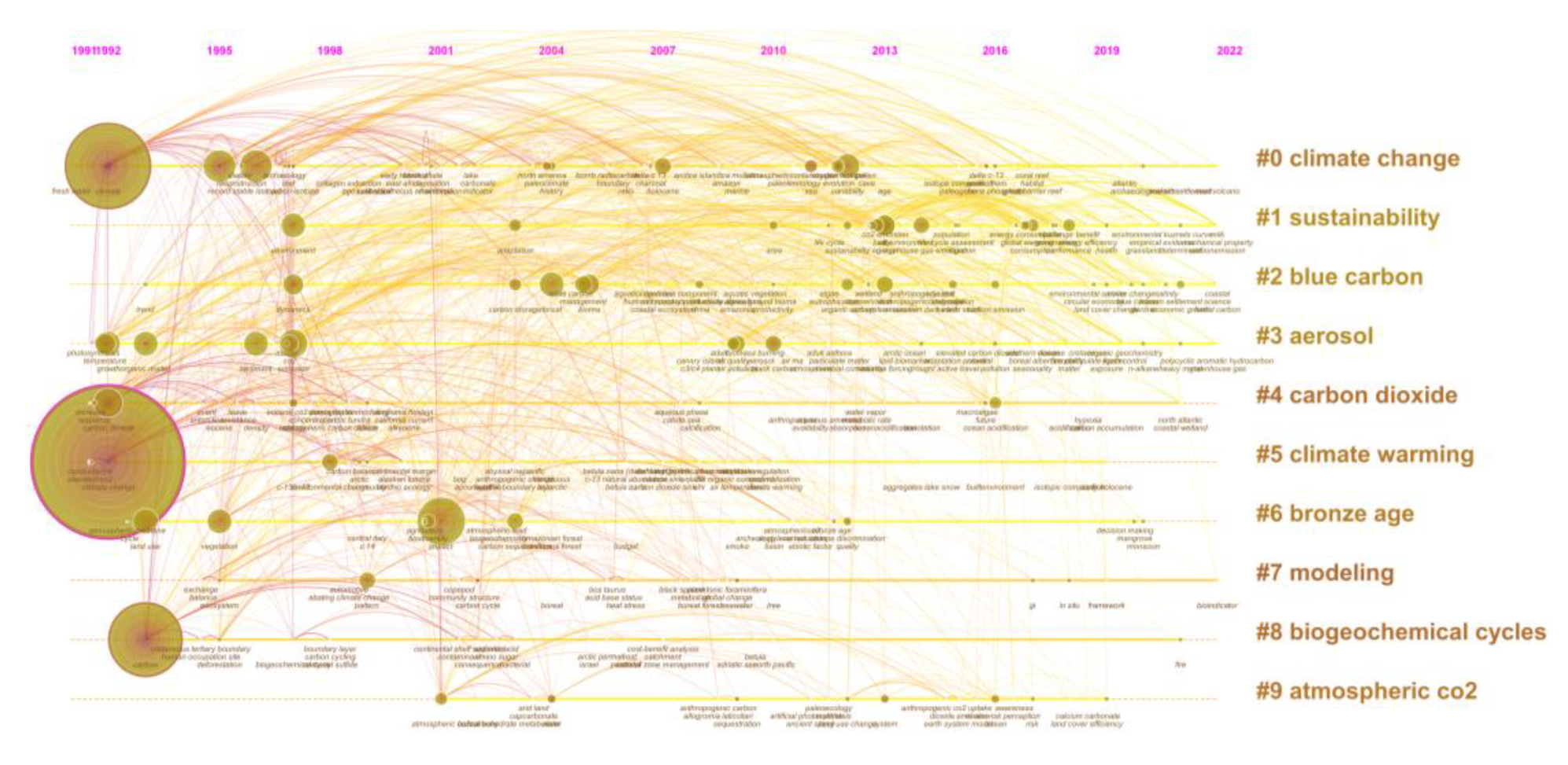
Figure 94.
RCHSCC time-zoned axial mapping (top 10 categories).
1.3. Keyword Burst of RCHSCC Hotspots
Keyword burst detection can detect changes in the frequency of keywords in a research field over a certain period, thus reflecting changes in research hotspots during that period, and these “burst” keywords have specific development potential and research value in this research period [34][1]. From the 50 burst words that appeared in the RCHSCC field from 1991 to 2022, this preseaperrch selected the 25 most frequent keywords for analysis (Table 2). In Table 31, keywords represent the outbreak words, intensity represents the importance of the burst keyword, start represents the start year of the keyword, end represents the end year of the keyword, and the red line represents the burst duration. At different stages, RCHSCC has apparent differences in research focus and hotspot areas. Before 2010, burst keywords focused on ecological directions such as atmospheric carbon dioxide, ocean, water and soil, with no evident research targeting human settlements. From 2011 to 2013, burst keyword research expanded to land use change, emissions and sustainable development, gradually focusing on urban carbon emissions, land use change, other land use processes and sustainable development goals. From 2014 to 2017, the research keywords gradually increased, as well as research objects and research purposes. Research gradually expanded on global warming and other backgrounds, as well as on the management of pollution, energy consumption and other response methods and future predictions. From 2017 to the present, relevant research has focused more on human settlements under land cover change in response to climate change governance, where the management of ecosystem services, health evolution and sustainability have become major topics.
Table 31.
Top 25 burst keywords for RCHSCC, 1991–2022.
| Keywords | Intensity | Start | End | 1991 | 2022 * | |||
|---|---|---|---|---|---|---|---|---|
| Atmospheric CO2 | 2.944 | 2001 | 2004 | 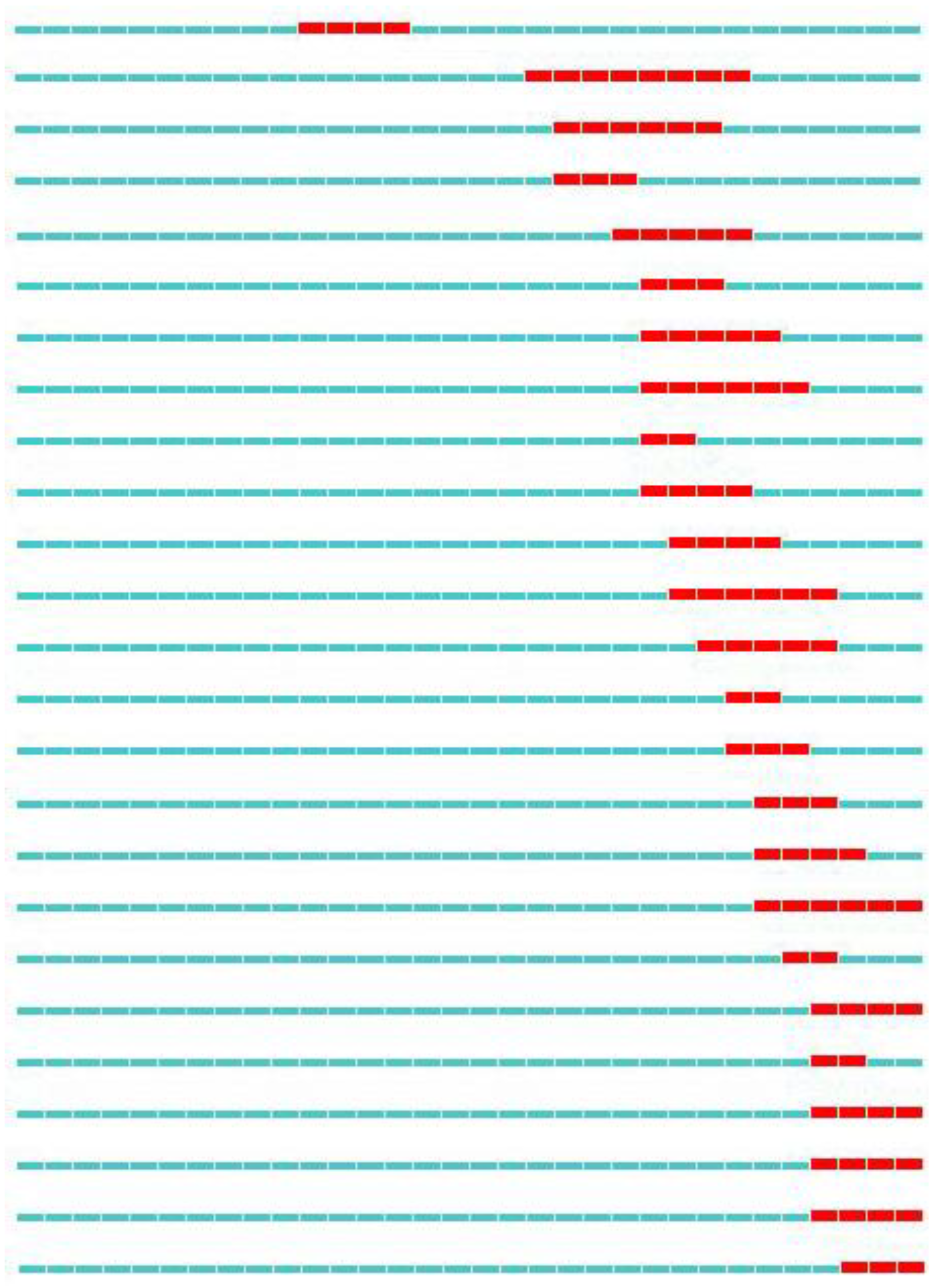 |
||||
| Marine | 2.8636 | 2009 | 2016 | |||||
| Water | 5.4565 | 2010 | 2015 | |||||
| 2. Methane | 22 | 0.848 | 2018 | energy; extinction; greenhouse gas; fossil fuel; land transformation; natural selection; adaptation; optimization; biodiversity; global change driver; decline; agriculture; soil health; | Soil | |||
| 3. Temperature | 2.5817 | 2010 | 2012 | |||||
| 21 | 0.708 | 2018 | variability; ocean acidification; growth; saturation state; carbon storage; ecological sustainable development; mitigation; risk perception; value; carbon cycle; | Land use change | 4.4121 | 2012 | 2016 | |
| 4. Soil | 21 | 0.899 | 2018 | freshwater; resilience components; soil organic matter; El Nino; palaeoclimatology; temperate forests; hydroclimate; mortality; emission of carbon dioxide; carbon cycle; | Environment | 4.3493 | 2013 | 2015 |
| 5. Aktun ha cenote | 20 | 0.785 | 2019 | stable isotope; biomarkers; soil carbonate; ecological restoration; drought; ecosystem; degradation; land use; ocean acidification; global warming; climate; environment; | Emission | 3.4814 | 2013 | 2017 |
| 6. Energy efficiency | 20 | 0.844 | 2018 | wastes; sustainable; governance; regional livability; gas treating; low carbon cities; urban environment; soil sealing; process intensification; economic development; urban planning; green infrastructure; | Transport | 4.8195 | 2013 | 2018 |
| 7. Sustainability | 19 | 0.923 | 2020 | Sustainable development | 4.1334 | 2013 | 2014 | |
| life cycle assessment; solar planning; sustainable development; biochar; carbon footprint; global warming; heat stress; ecosystem services; temperature; agriculture; carbon isotopes; | ||||||||
| 8. Complex | 19 | 0.899 | 2020 | land classification types; uncertainty; large-scale infrastructure construction; environmental safety; urban heat island ratio index; carbon isotope event; ecosystem carbon; | City | 3.3863 | 2013 | |
| 9. Urban form | 17 | 0.969 | 2016 | |||||
| Built environment | 2.8956 | 2014 | 2017 | |||||
| 2018 | Plant | 4.0268 | 2014 | 2019 | ||||
| Energy | 2.8923 | 2015 | 2019 | |||||
| Pollution | 3.0838 | 2016 | 2017 | |||||
| Ocean acidification | 2.8526 | 2016 | 2018 | |||||
| Global warming | 2.9349 | 2017 | 2019 | |||||
| Management | 4.3068 | 2017 | 2020 | |||||
| Consumption | 2.5528 | 2017 | 2022 | |||||
| Governance | 2.7529 | 2018 | 2019 | |||||
| Ecosystem service | 4.4562 | 2019 | 2022 | |||||
| Land cover change | 2.5964 | 2019 | 2020 | |||||
| Health | 3.3304 | 2019 | 2022 | |||||
| Evolution | 2.635 | 2019 | 2022 | |||||
| Variability | 4.1765 | 2019 | 2022 | |||||
| Decline | 2.4755 | 2020 | 2022 | |||||
* The blue line indicates the period examined, 1991–2022, with each small segment representing one year; the red thickened line indicates the period of sudden growth of the corresponding keyword, with the red appearing and ending positions representing its starting and ending years, and the longer the red line is, the longer the sudden growth of the keyword is maintained.
The bibliometric analysis is mainly conducted based on citations and cross-references among the historical literature, and the cross-citation data of the literature published in recent years can only be reflected in the future. This preseaperrch aimed to study the RCHSCC trends better and predict the research trends in this field. Therefore, in this paper, weresearch, the researchers use the burst keywords that emerged in the last 5 years (2017–2022) and the intensity and timing of the emergence obtained from the CiteSpace keyword emergence analysis in order to analyze more precisely the research trends regarding the climate change response in human settlements under carbon orientation. As shown in Table 42, transportation, resilience, environmental change, governance, biodiversity, variability and decline have been novel topics in recent years.
Table 42.
Burst keywords highlighting intensity and timing of RCHSCC in 2017–2022.
| Keywords | Intensity | Start | End | 2017 | 2022 * |
|---|---|---|---|---|---|
| Transport | 2.9057 | 2017 | 2018 | 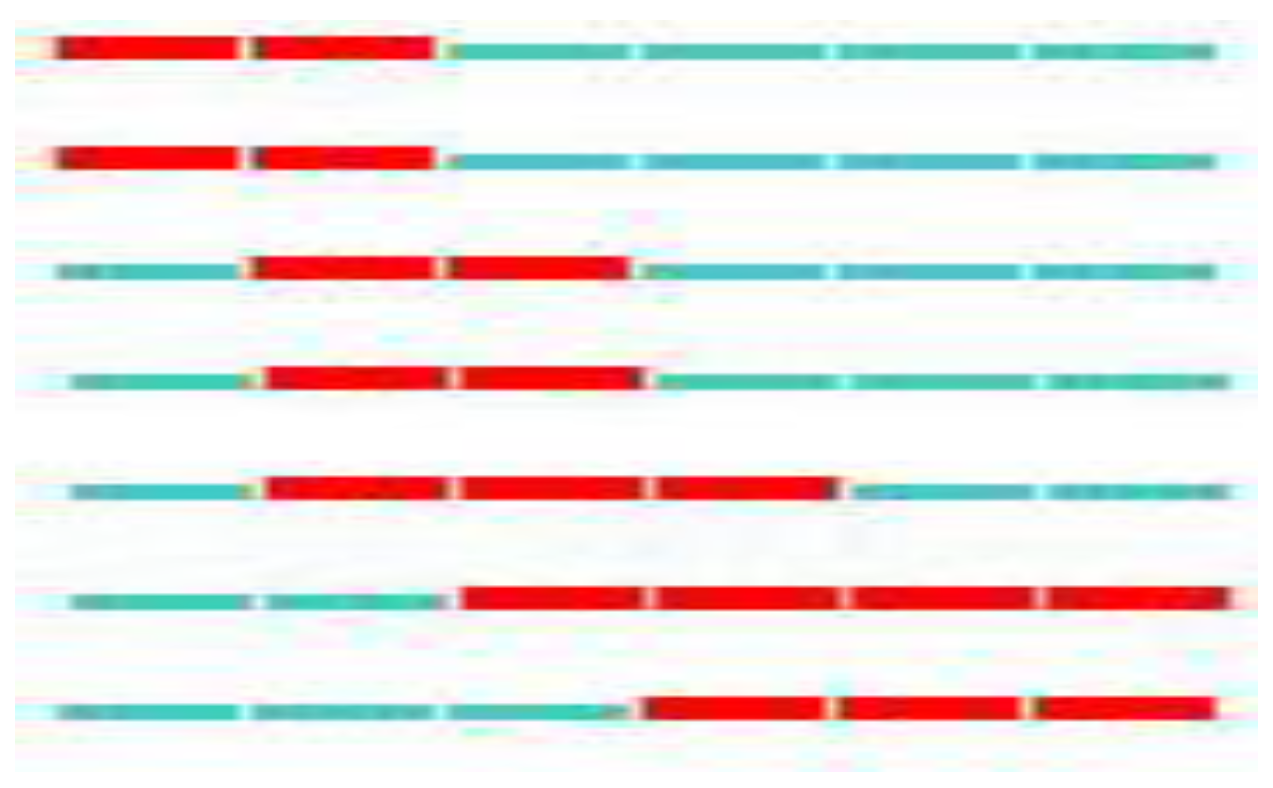 |
|
| Resilience | 1.6559 | 2017 | 2018 | ||
| Environmental change | 2.1815 | 2018 | 2019 | ||
| Governance | 1.9814 | 2018 | 2019 | ||
| Biodiversity | 1.9704 | 2018 | 2020 | ||
| Variability | 1.8639 | 2019 | 2022 | ||
| Decline | 1.4038 | 2020 | 2022 | ||
* The blue line indicates the period from 2017 to 2022, with each small segment representing one year; the red thickened line indicates the period of sudden growth of the corresponding keyword, with the red appearing and ending positions representing its starting and ending years, and the longer the red line, the longer the sudden growth of the keyword is maintained.
The keyword clustering mapping is combined with the statistical method of clustering based on co-occurrence analysis to reduce the co-occurrence network relationships to a relatively small number of clusters. In this preseaperrch, the log-likelihood ratio algorithm is chosen to label each cluster, and the top 10 clusters are listed. CiteSpace provides two metrics, the module value (Q value) and the average profile value (S value), based on the network structure and the clarity of the clusters, as a basis for uthe researchers to judge the effectiveness of the mapping. The Q value is generally in the interval [0, 1]; Q > 0.3 means that the delineated modules are significant, and the clustering is convincing when the S value is 0.7. The cluster module value (Q value) of RCHSCC is 0.70 > 0.3, and the average profile value (S value) is 0.83 > 0.7, indicating that the clustering is within the confidence interval and the clustering quality is high. The specific clustering contents are shown in Table 53 and Figure 105.
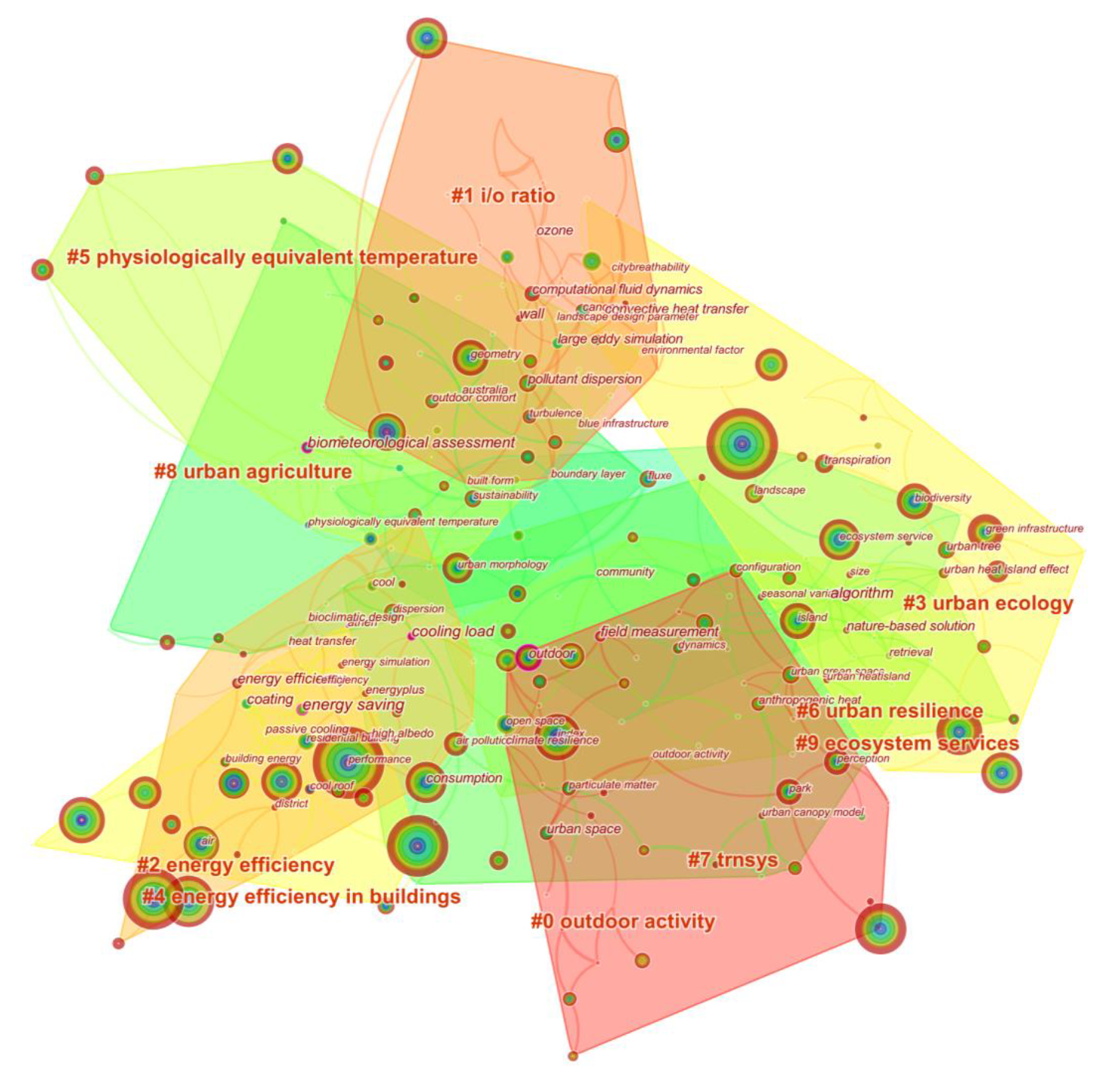
Figure 105.
Cluster mapping of RCHSCC keywords, 2017–2022.
Table 53.
Keyword clustering of RCHSCC in the last five years.
| Cluster Name | Size | Profile Value | Year | Main Keywords |
|---|---|---|---|---|
| 0. Climate change mitigation | 25 | 0.849 | 2019 | carbon; blue carbon; climate change; warming; decarbonization; Paris agreement; urban air pollutants; urban heat island; large trees; greenhouse gas emissions; |
| 1. Carbon sequestration | 24 | 0.878 | 2018 | geoecological factors; bioproductivity; sustainable urban development; water limitation; satellite remote sensing; decarbonization; sustainable land management; |
| urban form; fourth industrial revolution; constructed wetland; local economic development; emerging technology; environmental Kuznets curve; structural equation model sem; nature-based solutions; | ||||
Among them, those with a high frequency (more than 20 times) are climate change, climate, carbon, land use, ecosystem service, ecosystem service, energy, stable isotope, variability and sediment. The strong centrality (more than 0.15) of ecosystem service, growth, environmental impact, consumption, forest, ocean acidification and pollution is noted. It shows that the future RCHSCC will focus more on the fourth industrial revolution. In the future, RCHSCC research will try to build an adaptive climate governance system to reduce the vulnerability of cities to climate change risks and improve urban climate sustainability by using technologies such as carbon sequestration in a diversified context to cope with climate change.
2. RCHSCC Trend Forecast
Based on the emerging word strength and keyword clustering analysis for the past 5 years, the future trend of RCHSCC is predicted to focus on the following three areas.
2.1. Trends in Climate Risk Governance Research
From the bibliometric results presented in the sourceriginal paper, it can be seen that climate change-related research, such as climate change mitigation (2019), pollution (2016), sustainable urban development (2018), risk perception (2018) and others, which emerged after 2019, was one of the major research trends in recent years.
Since the industrial revolution, greenhouse gas emissions have continued to accumulate, and forest resources have been decreasing, contributing to a significant increase in the frequency and extent of climate change phenomena such as sea level rise, temperature rise, soil erosion and their derived disasters. In contrast, strong climate governance can contribute to the political interpretation of urban climate risk vulnerability and the construction of analytical models for per capita environmental risk management [81][4]. Intelligent tools can facilitate urban governance for climate adaptation and risk reduction [82][5]. Ni’mah analyzed urban governance research on climate change adaptation for disaster risk reduction [83][6]. Effective disaster risk management is an essential component of urban adaptation to climate change; therefore, it is necessary to build adaptive risk governance systems to reduce the vulnerability of human settlements to carbon and climate change.
2.2. Trends in Carbon Technology Upgrading Research
From the bibliometric results presented in the original Section 4.1paper, it can be seen that carbon technology and carbon governance-related research, such as blue carbon, decarbonization (2019), decarbonization (2018), carbon footprint (2020) and nascent technology (2018), which emerged after 2018, was one of the major research trends in recent years.
Human settlements are an essential source of greenhouse gas (GHG) emissions globally [15][7], and approximately 70%~80% of CO2 emissions globally come from urban human settlements. Consequently, climate change, caused by significant GHG emissions, poses a great challenge to the sustainable development of human settlements [76][8]. Scholars have studied the interrelationships between carbon technologies and climate governance, economic development and market transactions, such as carbon control in climate governance policies [24[9][10][11],25,26], carbon performance and carbon economy at the response outcome level [27,28[12][13][14],84], quantity-based mechanisms (e.g., carbon trading) and price-based mechanisms (e.g., carbon taxes) [85][15], as well as influencing factors [86][16] and the modeling of carbon emissions themselves [87][17]. Carbon orientation, as the primary goal of research on the climate change response in human settlements, should be considered in the future to enhance the research on carbon technologies and develop and apply diversified carbon technologies to assist in human settlement climate analysis, simulation and multidisciplinary fields for collaboration.
2.3. Trends in Urban Security Resilience Research
From the bibliometric results presented in Section 4.1the original paper, it is clear that studies related to urban safety and resilience, such as resilience (2018), ecological sustainability (2018) and health (2019), which emerged after 2018, reflect some of the major research trends in recent years. Human settlements, as hotspots affected by climate warming or exacerbated by climate warming, must consider climate adaptation strategies [88][18] in future construction to improve their resilience and mitigate the climate impacts of rapid urbanization. The principles of good land governance are an essential part of urban security rehabilitative thinking and action [89][19], and the RCHSCC field should pay more attention to poor groups [90][20] in informal settlements [91][21] and implement more comprehensive, appropriate and effective security and rehabilitation measures in the future. Specific adaptation measures can be developed regarding prevention criteria, risk assessment and the emergency response to promote an understanding of climate resilience and sustainability. The climate resilience of human settlement ecosystems, built environment systems and infrastructure systems should be developed to enhance the prevention and mitigation of climate change’s adverse impacts and risks.
References
- Chen, C. Searching for Intellectual Turning Points: Progressive Knowledge Domain Visualization. Proc. Natl. Acad. Sci. USA 2004, 101 (Suppl. 1), 5303–5310.
- Van Eck, N.J.; Waltman, L. Software Survey: VOSviewer, a Computer Program for Bibliometric Mapping. Scientometrics 2009, 84, 523–538.
- Chen, C. CiteSpace II: Detecting and Visualizing Emerging Trends and Transient Patterns in Scientific Literature. J. Am. Soc. Inf. Sci. Technol. 2006, 57, 359–377.
- Fraser, A. The Missing Politics of Urban Vulnerability: The State and the Co-Production of Climate Risk. Environ. Plan A 2017, 49, 2835–2852.
- Thaler, T.; Witte, P.A.; Hartmann, T.; Geertman, S.C.M. Smart Urban Governance for Climate Change Adaptation. Urban Plan. 2021, 6, 223–226.
- Ni′mah, N.M.; Wibisono, B.H.; Roychansyah, M.S. Urban Sustainability and Resilience Governance: Review from The Perspective of Climate Change Adaptation And Disaster Risk Reduction. J. Reg. City Plan. 2021, 32, 83–98.
- Baiocchi, G.; Creutzig, F.; Minx, J.; Pichler, P.-P. A Spatial Typology of Human Settlements and Their CO2 Emissions in England. Glob. Environ. Change 2015, 34, 13–21.
- Wynes, S.; Nicholas, K.A. The Climate Mitigation Gap: Education and Government Recommendations Miss the Most Effective Individual Actions. Environ. Res. Lett. 2017, 12, 074024.
- Ansell, C.; Gash, A. Collaborative Platforms as a Governance Strategy. J. Public Adm. Res. Theory 2018, 28, 16–32.
- Torfing, J.; Sørensen, E.; Røiseland, A. Transforming the Public Sector Into an Arena for Co-Creation: Barriers, Drivers, Benefits, and Ways Forward. Adm. Soc. 2019, 51, 795–825.
- Romero-Lankao, P. Governing Carbon and Climate in the Cities: An Overview of Policy and Planning Challenges and Options. Eur. Plan. Stud. 2012, 20, 7–26.
- Vedeld, T.; Hofstad, H.; Solli, H.; Hanssen, G.S. Polycentric Urban Climate Governance: Creating Synergies between Integrative and Interactive Governance in Oslo. Environ. Policy Gov. 2021, 31, 347–360.
- Khan, J. What Role for Network Governance in Urban Low Carbon Transitions? J. Clean. Prod. 2013, 50, 133–139.
- Integrated Energy-Environment Modeling and LEAP Charlie Heaps SEI-Boston and Tellus Institute 18 November 2002. Available online: https://dokumen.tips/documents/integrated-energy-environment-modeling-and-leap-charlie-heaps-sei-boston-and.html (accessed on 11 June 2022).
- Mi, Z.; Zhang, Y.; Guan, D.; Shan, Y.; Liu, Z.; Cong, R.; Yuan, X.-C.; Wei, Y.-M. Consumption-Based Emission Accounting for Chinese Cities. Appl. Energy 2016, 184, 1073–1081.
- Creutzig, F.; Baiocchi, G.; Bierkandt, R.; Pichler, P.-P.; Seto, K.C. Global Typology of Urban Energy Use and Potentials for an Urbanization Mitigation Wedge. Proc. Natl. Acad. Sci. USA 2015, 112, 6283–6288.
- Nowak, D.; Greenfield, E.; Hoehn, R.; Lapoint, E. Carbon Storage and Sequestration by Trees in Urban and Community Areas of the United States. Environ. Pollut. 2013, 178C, 229–236.
- Moore, J.; Schindler, D. Getting Ahead of Climate Change for Ecological Adaptation and Resilience. Science 2022, 376, 1421–1426.
- McEvoy, D.; Mitchell, D.; Trundle, A. Land Tenure and Urban Climate Resilience in the South Pacific. Clim. Dev. 2020, 12, 1–11.
- Grasham, C.F.; Korzenevica, M.; Charles, K.J. On Considering Climate Resilience in Urban Water Security: A Review of the Vulnerability of the Urban Poor in Sub-Saharan Africa. WIREs Water 2019, 6, e1344.
- Corburn, J.; Karanja, I. Informal Settlements and a Relational View of Health in Nairobi, Kenya: Sanitation, Gender and Dignity. Health Promot. Int. 2016, 31, 258–269.
More
